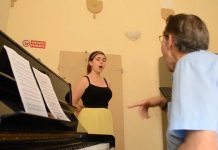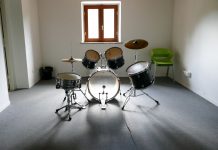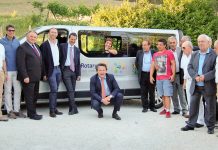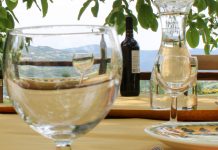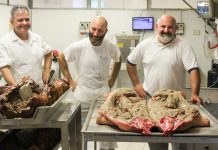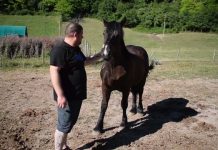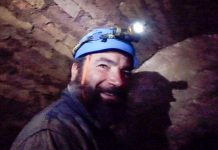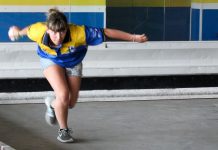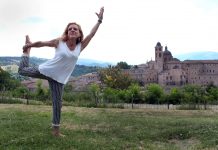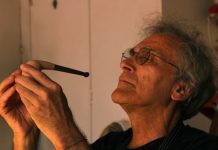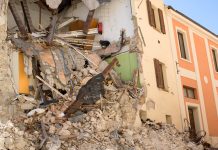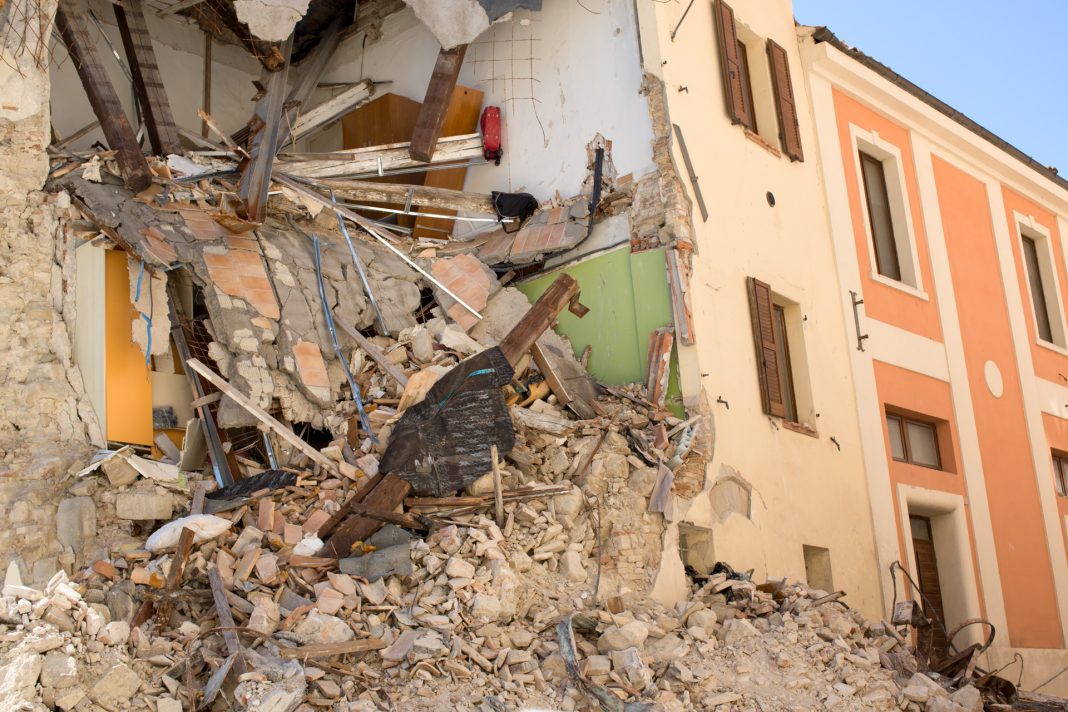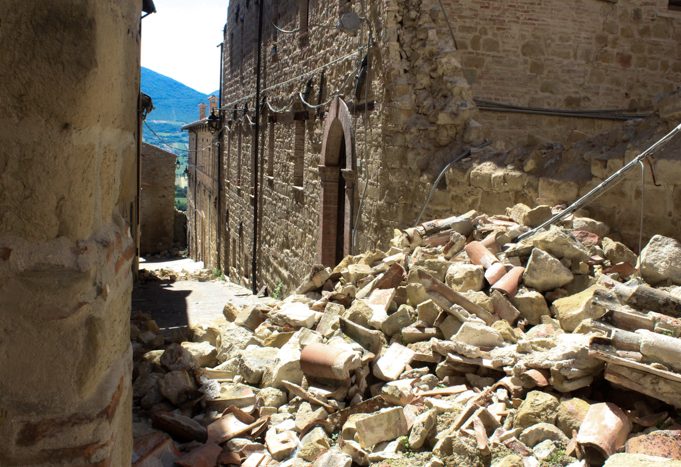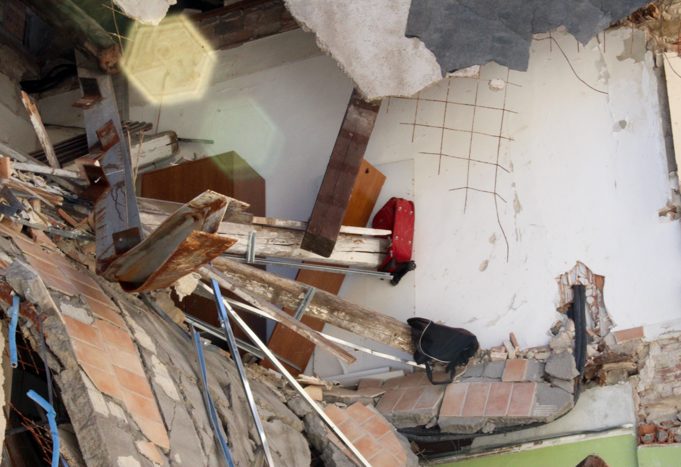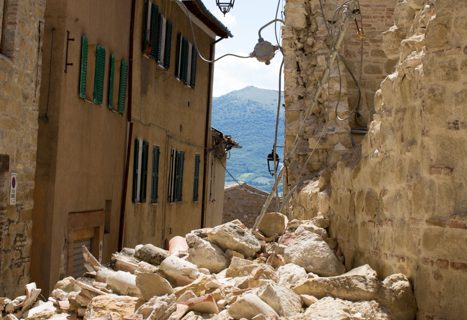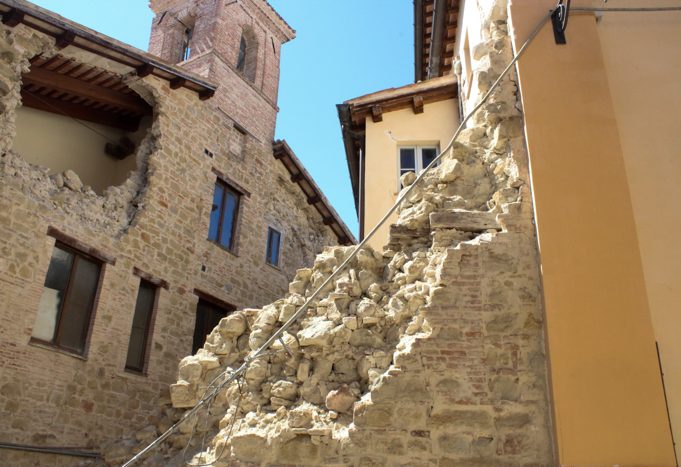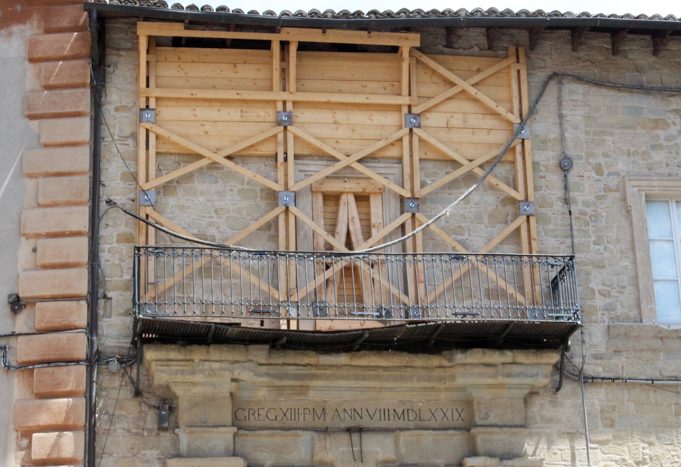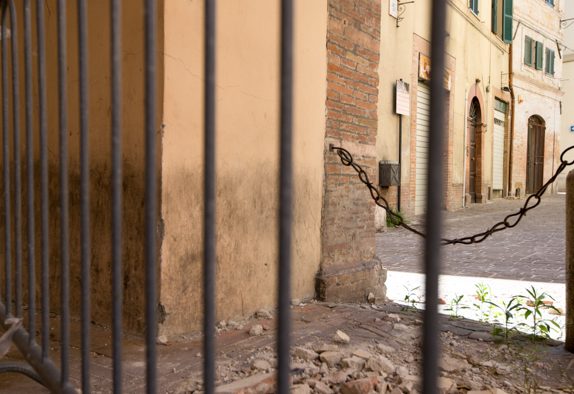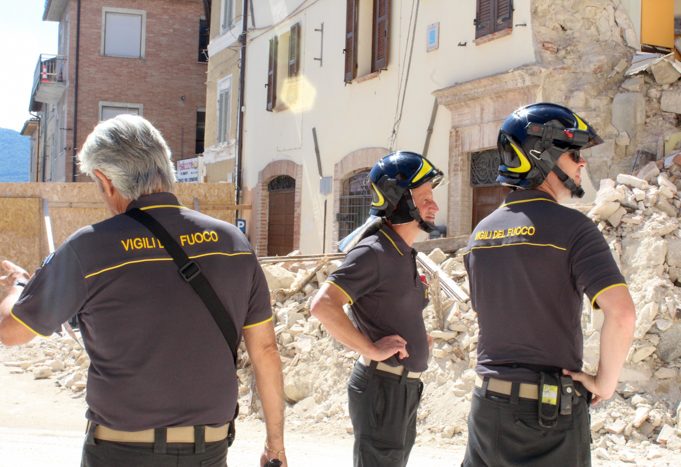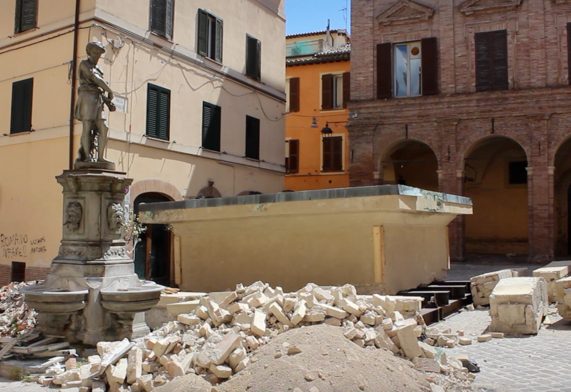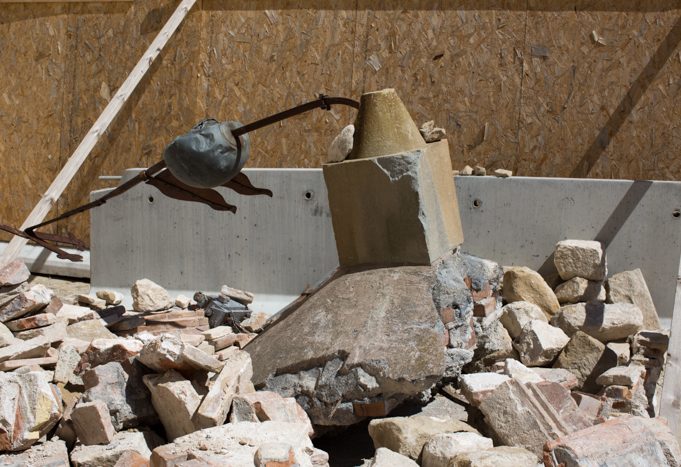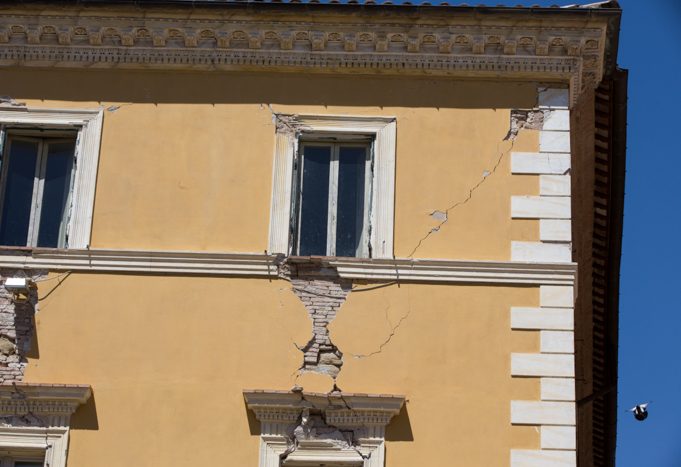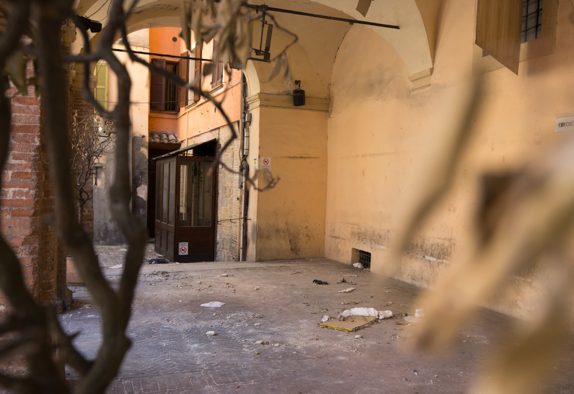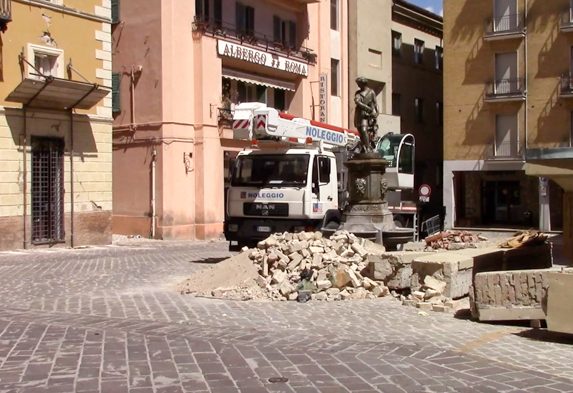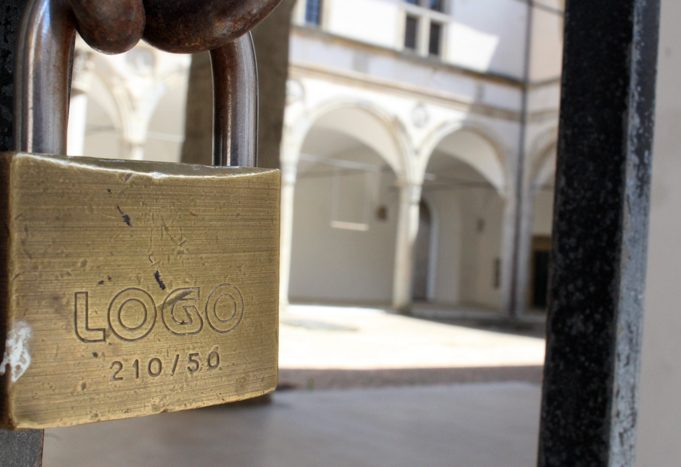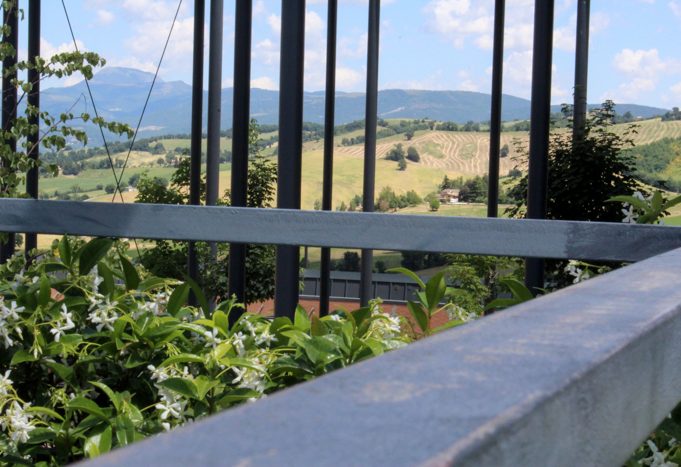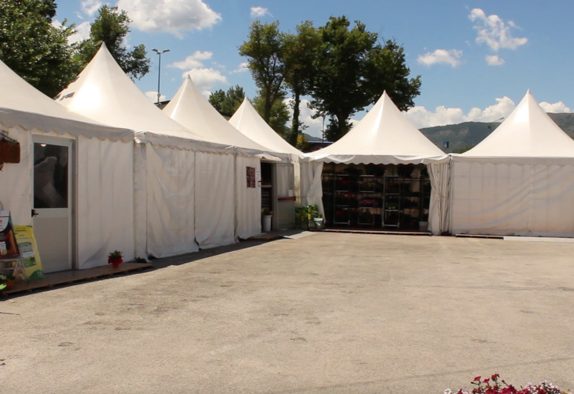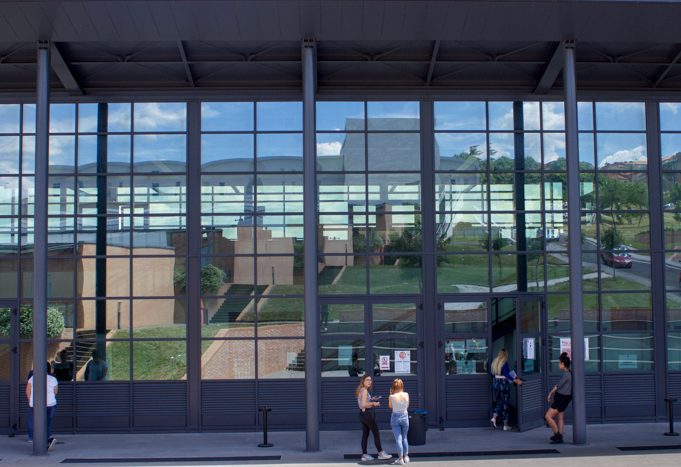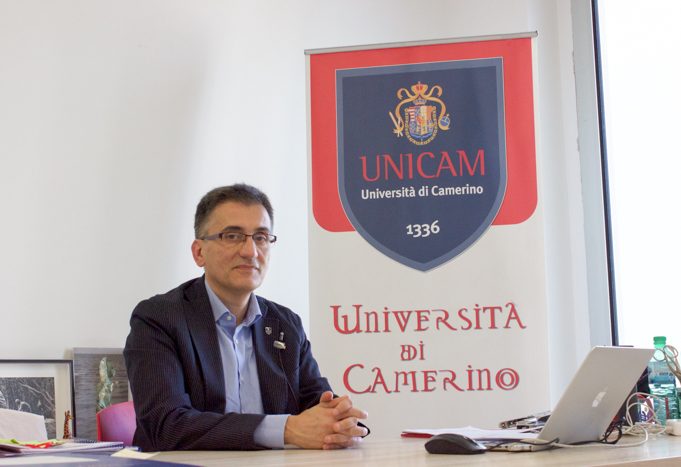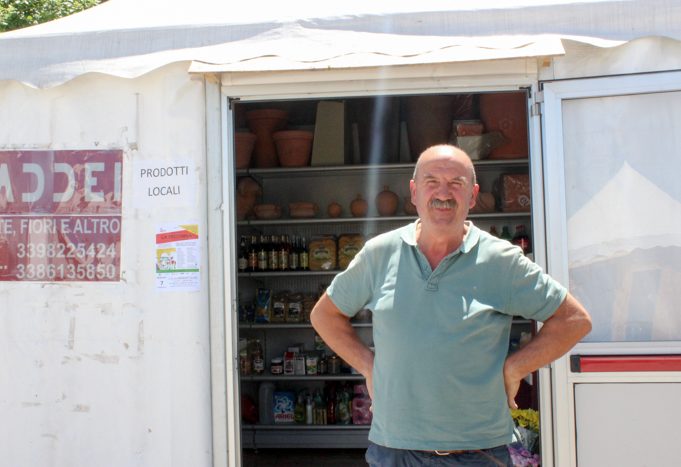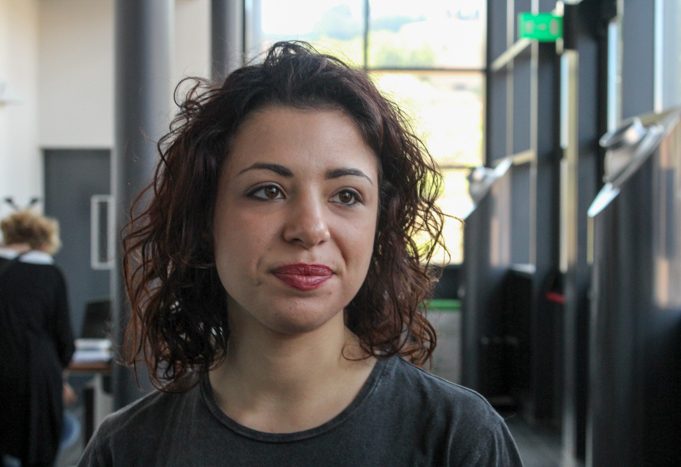Residents of Camerino, Italy, rattled by earthquakes, may have to wait at least five years to return to their homes and businesses.
CAMERINO, Italy – Just 500 meters away from the zona rossa, or the red zone, Anna Maria Monteneri sells clothes, toys, food, and many other items out of a temporary storefront. Monteneri’s general store was originally located in the center of Camerino, Italy, where you can now hear a pin drop.
“In December, I realized that there was nothing they could do because of the damage,” said Monteneri, “so I turned to the town hall, and this little piece of land where I’m at now was available.”

No one in the hilltop town of Camerino, located in the Marche region, was killed by the series of earthquakes last year, but hundreds of people who lived in the center of town were forced to evacuate. They haven’t been able to return. The area, now called zona rossa, is a ghost town. Its entrances are protected by law enforcement. Due to the damage to buildings, some of them partially collapsed, no one is allowed to enter the area.
Down the road from zona rossa, white tents are set up in rows. Monteneri and other business owners are temporarily selling products out of the “tent city.” They had the choice between using a plastic or wooden container to re-open their shops.
“The plastic container was something that made me sad and put me in a bad mood, so we chose a wooden container,” said Monteneri, whose shop was closed from October 2016 until she opened the temporary location in March.
My life did a total 180.
“We considered this a different adventure.”
On August 24, 2016, an earthquake of approximately 5.4 magnitude shook the Marche region. Two months later, there were three additional earthquakes with magnitudes ranging from 5.9 to 6.5.
“My life did a total 180,” said Monteneri, who has owned her store for 37 years.
Despite their lives being uprooted, Monteneri and other business owners speak with calmness about their situations.
A couple tents over from Monteneri’s store, Giorgio Taddei laughed with his friends as he greeted customers outside of his convenience and flower shop. Taddei was able to stay in his original location until mid-February, when the main living and business area of the town was deemed zona rossa.

“When the earthquake came, there was nothing I could do about it because my children were abroad,” said Taddei, a Camerino native. “My wife and I managed on our own.”
Founded in 1336, the University of Camerino, located across the street from the tent city, was also seriously damaged. Some courses had to be temporarily taught online and students were forced to find new housing.
Giuditta Lisi, a third-year law student at the university, had to evacuate her home in the zona rossa.
“The worst thing was not the earthquake itself but when I went outside because there was a lot of smoke, people screaming and running, and it looked like the apocalypse,” said Lisi.
The earthquake’s aftermath is the topic of conversation among students and the focus of classroom discussions. Graziano Leoni, a professor who researches earthquakes and civil engineering, has been teaching at the university for about 20 years.
Because of the age of the buildings, particularly historic ones such as churches, Leoni explained, the reconstruction process will take about 10 years. Camerino has received funds from Italy’s Ministry of Culture to begin the process.
“Now we are proceeding with the securing of the monuments. That requires a careful project that cannot be made in a rush because the risk is either to lose the cultural value or to damage it further,” he said.

Leoni said he believes Camerino residents are losing hope in the restoration process because it’s taking longer than it did after the last significant earthquake hit the town in 1997. However, he explained that the restoration of existing buildings is a complicated process.
“Planning an operation on an existing building means first doing research to know how the building was constructed, knowing the materials of which it is made of, knowing the geometry, doing field work, and other unknown things.”
It is unknown when residents will be able to return to their homes and businesses.
“I will go back because I have left all of my furniture. I will go back as soon as it is livable again,” said Monteneri.
Taddei hopes to be back to his old location in five years, but there’s uncertainty when that day might come.
“I don’t know,” Taddei said. “You can’t really tell because it is a nine floor building and they do not know whether to demolish or keep it.”


